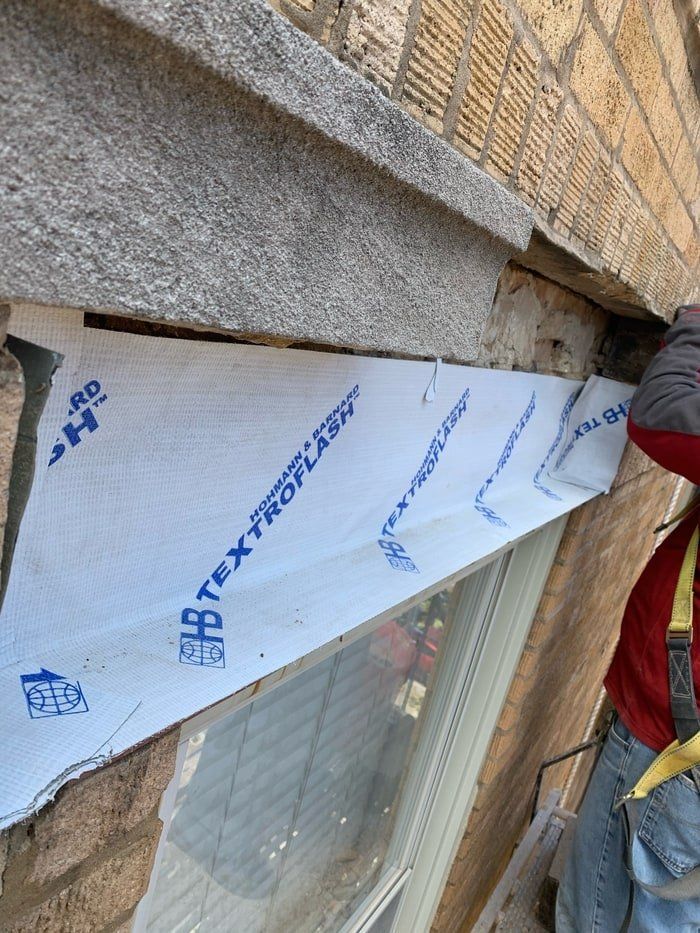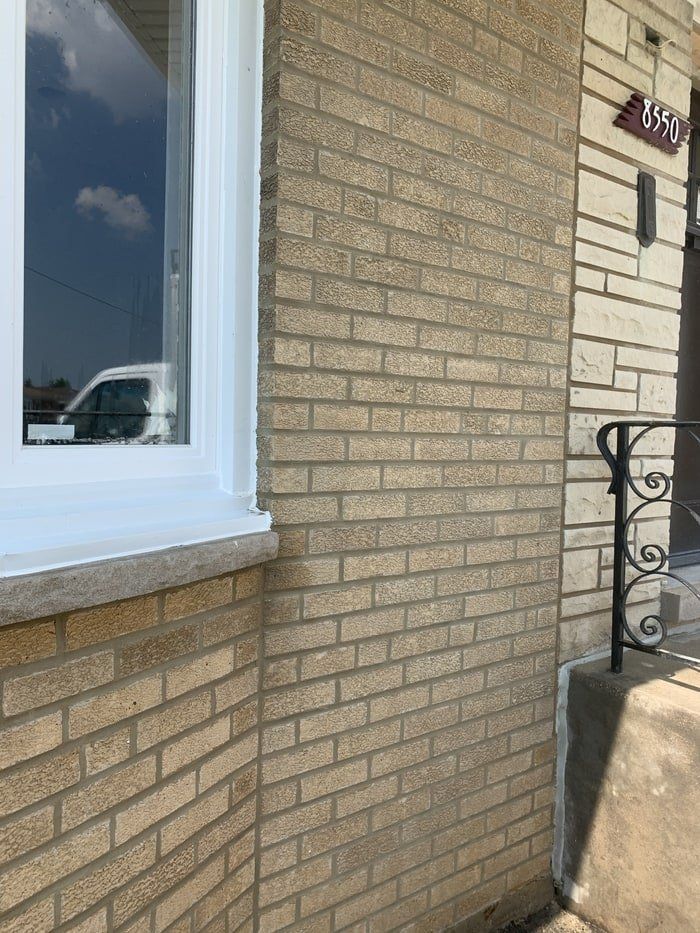Is a lintel the same as a header?
Are you confused between headers and lintels and are not sure if they are the same or different? The terms header and lintel are often used interchangeably because they somehow have a similarity in how it functions.
Essentially, headers and lintels are mostly the same. Most people in the United States use the word lintel, while in some parts they are also called a header.
Both of them do the same job. They are beams that mainly function to support openings in homes and buildings.
Whether it is called a beam, header, or lintel, it is a horizontal material made with various types depending on what it is used for, however, if you really want to know if there is a difference between headers and lintels, there may be a slight difference between the two.
How are a lintel and header similar?
Lintels and headers have the same primary job. Both of them are structural members that are made to bear not only their load but also the other weight they have to carry. Lintels and headers function to support the weight of the specific part of the building they are placed in.
In general, lintels and headers are used in construction to support the load-bearing and non-load-bearing walls. They are mainly placed above the openings inside a building or home. This is because openings need to have additional support as it can be heavy to maintain the integrity of a building if it does not have any material to help sustain the weight from above. Examples of openings are windows, doors, and even fireplaces.
Both headers and lintels can be made of any material and can also be customized to fit any dimension of a specific opening. Many homeowners want to have contractors specifically make their beams, but ready-made ones are also available and can be bought from commercial suppliers.
What is the difference between a lintel and a header?
Even though lintels and headers are mostly similar and are understandable if you choose any term to use, they have a slight difference from each other.
Difference in location
Because lintels are structural members that are designed to carry weight and balance the load of walls and other parts of a home and building, they are often installed above the openings of windows, doors, and fireplaces. Lintels span in a horizontal manner and are commonly placed in between two vertical supports.
On the other hand, like lintels, headers are also usually placed above the openings of doors, windows, and fireplaces to support the weight from above. Aside from carrying the load from above, contrary to its name, headers can also be placed under openings to distribute the weight from below as well to maintain the integrity of the building. Headers are also commonly supported by a king stud or a jack stud.
Difference in function
Headers are usually used in construction to help with the support of either load-bearing or non-load-bearing walls. When headers are installed, they will always have a part in maintaining the overall health and structural integrity of a building.
On the other hand, even though lintels function the same as headers and helps in supporting and balancing weight, they can also be used in architecture for aesthetic purposes. Depending on the material used, lintels can be fully customized in their shape, length, and desired color. When an owner wants to make a statement, architects make use of lintels in a creative manner and place them in areas that can be easily seen, such as on top of columns.
Is it necessary to install headers and lintels?
Depending on many factors such as the size of your building and how much weight it has to carry, you may opt to use or not to use them, but in essence, getting one or two installed is often recommended. You can never go wrong with investing in additional support for your home or building as they help maintain the integrity of your home. If you want to determine whether you will need headers or lintels on your home, getting the opinion and recommendation of your trusted contractor would probably the best course of action.
Types of headers and lintels
Headers can be customized depending on the preference and needs of the owner. In some locations, headers must follow the required codes set by their local construction standards.
Some of the most common headers are:
- Single-ply headers
- Rim board headers
- Box headers
The materials that are commonly used for making headers are:
- Sawn Lumber
- Laminated Veneer Lumber or LVL
- Parallel Strand Lumber or PSL
- Glued Laminated Timber or Glulam
- Steel
The materials that are commonly used for making lintels are:
- Concrete
- Timber
- Stone
- Brick
- Reinforced Concrete
- Reinforced Brick
- Steel
Before deciding which header or lintel you will use and the kind of material you will choose, make sure that you have properly identified if the wall is load-bearing or non-load bearing. This is important as you would not want to get a support that will not serve its purpose and will just be a waste of your resources.
Conclusion
Lintels and headers are terms that can be used interchangeably. Using one of the terms is not wrong and can be based on your preference and location. Because they can be so similar in function, most people would not bother to know the difference. Though builders and professional contractors are expected to know the difference between the two, some may prefer to use the word lintel and some may use the term header. If you are planning to have one installed, it would be best to tell your contractor where exactly they will need to put the material and how you want it to do its job to avoid miscommunication.



